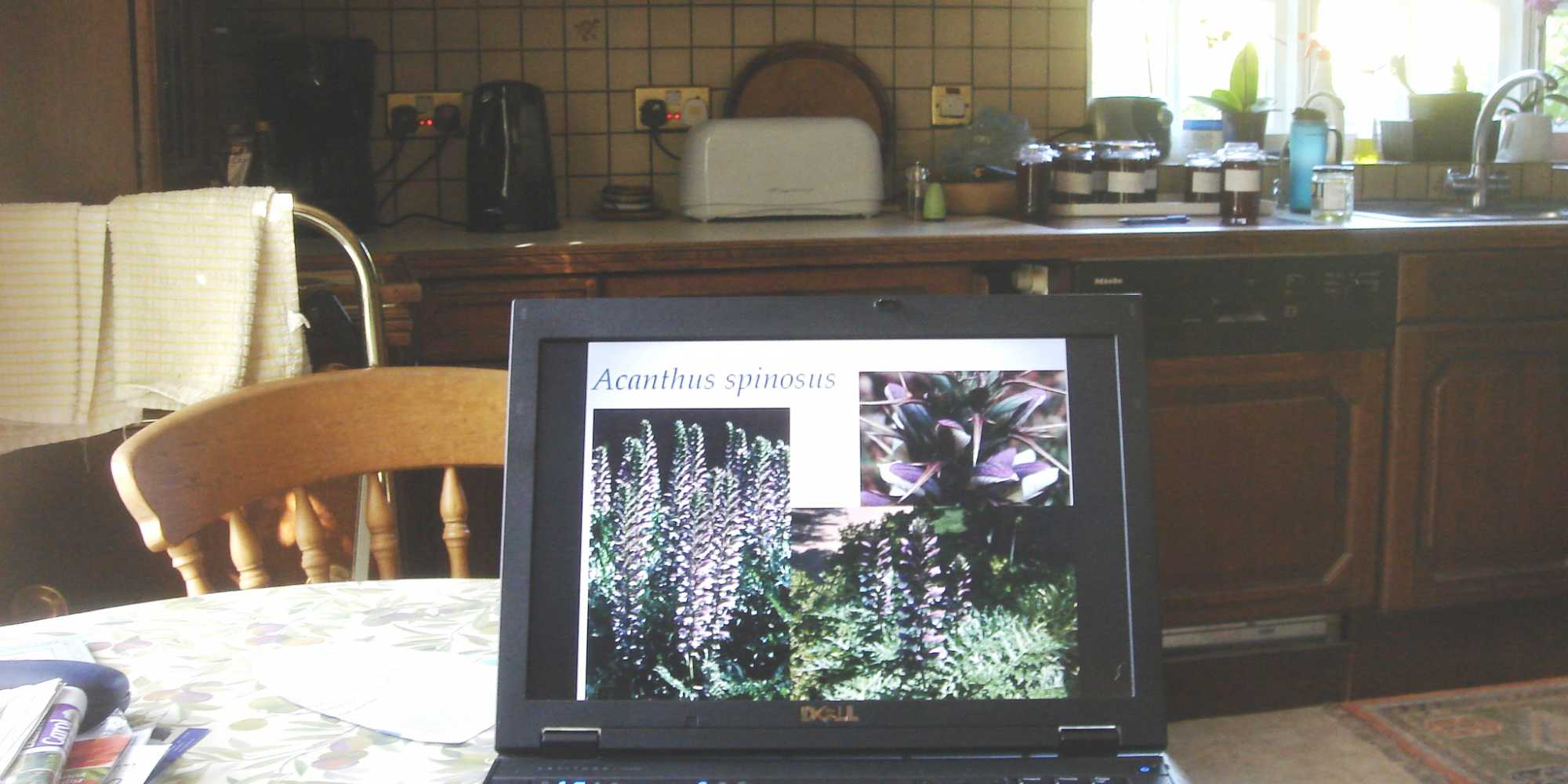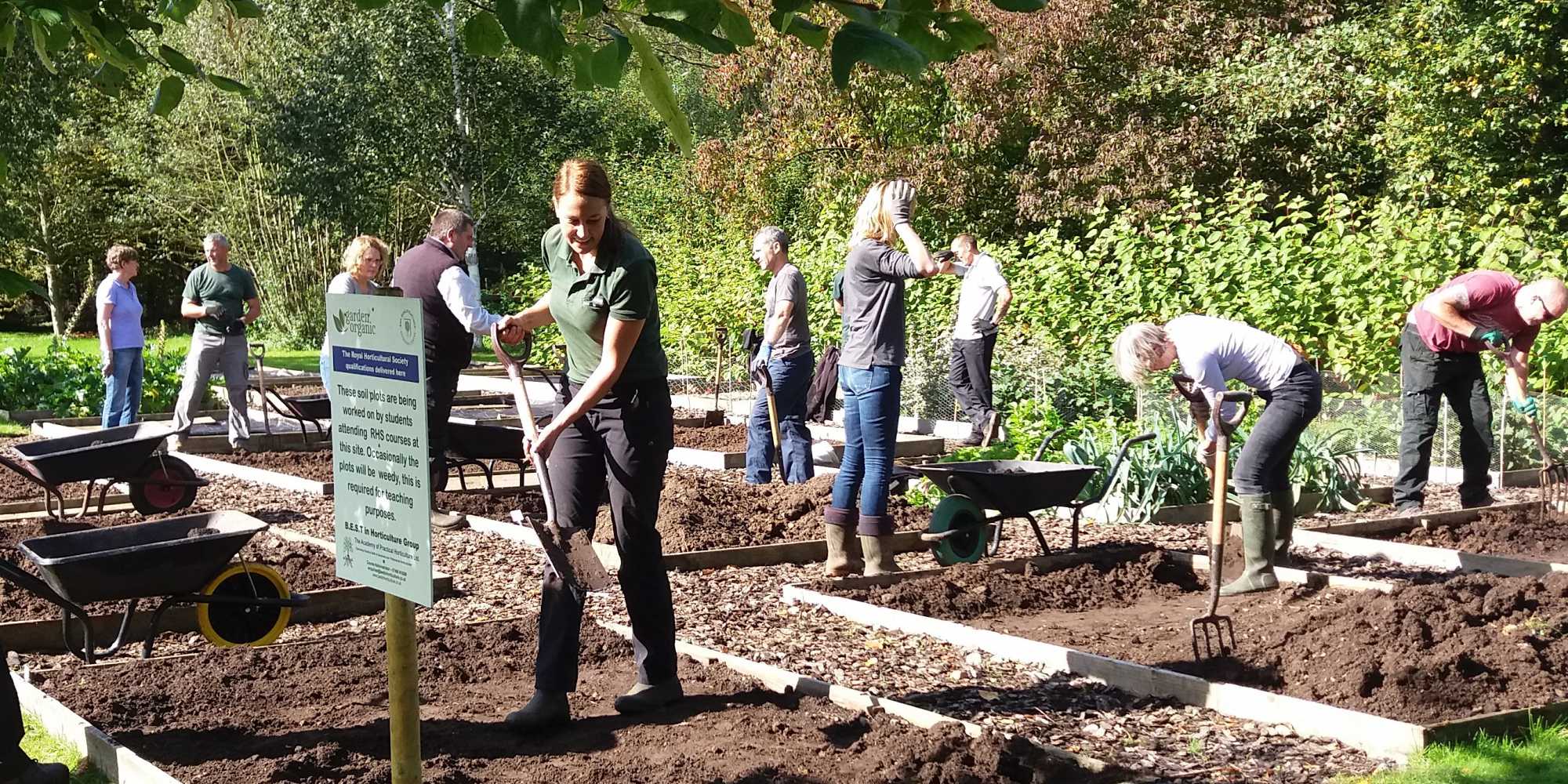PA's Explained
PA's Explained
What is a Pesticide?
The term pesticide is a generic one. It refers to any product that is used to control pests. There are several things which fit into this term, they are:
Insecticide - a product used to control insects
Herbicide - a product used to control weeds
Fungicide - a product used to control fungal diseases
Molluscicide - a product used to control slugs and snails
Rodenticide - a product used to control rats and mice
Pesticides help safeguard our food supply by protecting crops agaibnst yield losses caused by weeds, diseases, insects, rats/mice, slugs and snails. In addition they are used to maintain railways, roads, greenspaces, parks and gardens. There are a number of ways in which pesticides can lawfully be applied.
How are pesticides applied?
Pesticides can be applied using different equipment and various methods; the pesticide suite of qualifications offered by City & Guilds takes this into account.
- Level 2 Award in the Principles of Safe Handling and Application of Pesticides (Pa1)
- Level 2 Award in the Safe Application of Pesticides Using Self Propelled, Mounted, Trailed Horizontal Boom Sprayers (Pa2)
- Level 2 Award in the Safe Application of Pesticides Using Variable Geometry Boom or Broadcast Sprayers (Pa3)
- Level 2 Award in the Safe Application of Pelleted or Granular Pesticides Using Mounted or Trailed Applicators (Pa4)
- Level 2 Award in the Safe Application of Pesticides Using Boat Mounted Equipment (Pa5)
- Level 2 Award in the Safe Application of Pesticides using Pedestrian Hand Held Equipment (Pa6)
- Level 2 Award in the Safe Application of Pesticides from the Air (Pa7)
- Level 2 Award in the Safe Mixing and Transferring of Pesticides (Pa8)
- Level 2 Award in the Safe Application of Pesticide Mists, Fogs and Smokes (Pa9)
- Level 2 Award in the Safe Dipping of Plant material in Pesticides (Pa10)
- Level 2 Award in the Safe Treatment of Seeds with Pesticides (Pa10)
- Level 2 Award in the Safe Application of Pesticides to Plant Material During a Continuous Flow Process (Pa12)
- Level 2 Award in the Safe Sub Surface Application of Liquid Pesticides (Pa13)
- Level 2 Award in the Safe Application of Pesticides Using Specialist Equipment (PaSC)
- Level 3 Award in Responsible Pesticide Management (PaRM)
It is important to note that different pieces of equipment and application methods require the operator to hold the correct certificate by law.
Why is pesticide training important?
Apart from the risk to the operator, there are several other risks when using pesticides; these include:
- over/under application,
- ‘spray drift’ (wind),
- crop run off (caused by rain after application),
- seepage into soil,
- leaching into drainage and
- evaporation.
It is important for operators to carefully target the application and use the correct rate whilst minimising any adverse effects on people, plants, animals and the environment.
Operators have a duty to select the product and method of application that is most efficient and has the least environmental risk. It is also important that pesticide users understand how to dispose of pesticides and herbicides correctly.
It is essential that all operators are properly trained and tested to ensure that they are competent to apply pesticides safely. By knowing about and adopting industry best practice, they will also keep within the law.
Why should I obtain certification (get a pesticide ticket)?
In the UK, anyone using a professional pesticide must either have a recognised specified certificate (previously known as a ‘Certificate of Competence’) or be working under the direct supervision, for the purposes of training, of someone who has such a certificate.
DEFRA Code of Practice states that everyone who uses pesticides professionally must be trained and hold the required certificate of competence for the price of equipment and for the method of application intended.
What training do I need to undertake?
The starting point is The Principles of safe handling and Application of Pesticides (Pa1). This is mandatory and a pre-requisite to all the application modules. Note: It must be passed before you can be assessed for any of the application modules.
Next you must consider how you are going to apply the pesticide and where? This can seem confusing, so please contact tonydavies@best inhorticulture.co.uk by email for specific advice.
For the application of pesticides using hand held equipment you will require the Level 2 Award in Safe Application of Pesticides Using Pedestrian Hand Held Equipment (PA6)
Unit 151 - Apply Pesticide to Land
Unit 153 - Apply Pesticide Pellets or Granules to Land
Unit 155 - Installing Pesticide Plugs in Tree Stumps
Unit 156 - Operating Hand Held Injection Equipment
Unit 157 - Operating Other Hand Held Equipment Requiring Minimal Calibration
If you are going to be operating near water you will need:
Unit 152 – Apply Pesticides to or Near Water.
Unit 154 - Apply Pesticide Pellets or Granules to Land
However, if are using ride on or mounted equipment you will need the Level 2 Award in Safe Application of Pesticides Using Self Propelled, Mounted or Trailed Horizontal Boom Sprayers (Pa2). please contact tonydavies@best inhorticulture.co.uk by email for specific advice.
Where can I undertake my training?
Always choose providers that are accredited with appropriate awarding bodies. We only use City & Guilds NPTC qualifications. You can do the training at one of our Centres or by arrangement we can deliver training in a suitable environment in the workplace.
How long does training take?
The Principles of Safe Handling and Application of Pesticides (Pa1) is a one day course with a one-hour on line assessment which occurs on a separate day (by arrangement, but usually before the Pa6 assessment occurs). All training is done in the classroom.
For each of the application modules, training takes one day. This is a combination of classroom-based training and practical training outdoors. The assessment is carried out at a mutually convenient time by a City & Guilds NPTC Independent Assessor. Assessment can take between one and three hours depending on the equipment being used.
What equipment do I need?
We supply all the PPE (except for wellington boots) and handheld equipment) for both the training and assessment at all of our centres. If training and assessment is being carried out off site we expect to have access to properly maintained, safe and working equipment.
Is it difficult to pass?
To date only one person we have trained has failed. The quality of our training and preparation for assessment is excellent.
The assessment is straightforward, there are no trick questions and it is conducted by well trained professional assessors. So providing that the trainee prepares properly for assessment, meets all the assessment criteria and does not do anything unsafe, they will pass.
How long does my certificate last?
A City & Guilds NPTC Certificate currently last for life. Apart from the legal requirements to obtain a certificate of competence, there is no further legal requirement to undertake refresher training. However, the Certificate of Competence training and the HSE Code of Practise for using Plant Protection Products emphasises the importance of continuing to develop your technical knowledge and practical skills in using pesticides.
You can register with the National Register of Sprayer Operators and collect points for CPD (Continuing Professional Development).
Useful information
The following are useful links where further information can be found:
Pesticides – Code of practice for using plant protection products. Department for Environment, Food and Rural Affairs (Defra), the Health and Safety Commission (HSC) and the National Assembly for Wales Environment, Planning and Countryside Department.
http://www.hse.gov.uk/pesticides/resources/C/Code_of_Practice_for_using_Plant_Protection_Products_-_Complete20Code.pdf
Amenity – Best Practice Using Pesticides in the Community – Crop Protection Association.
http://www.cropprotection.org.uk/media/1061/cpa_leaflet_amenity_best_practice_2013.pdf


